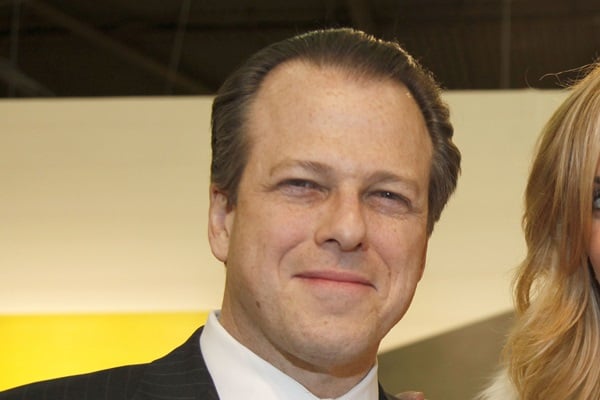People
Maxwell Anderson Abruptly Leaves Directorship of Dallas Museum of Art
In 2014, he said a move back to New York was "not for me."

Image: Patrick McMullan
In 2014, he said a move back to New York was "not for me."

Brian Boucher

Maxwell Anderson, director of the Dallas Museum of Art since January 2012, has left the job, effective immediately, and is moving back to New York City. He’s taken on a new job as director of grant programs at Gotham’s New Cities Foundation.
Founded in 2010, the nonprofit New Cities Foundation aims to “foster urban innovation and entrepreneurship.” Anderson is on the organization’s board along with Cisco’s chief globalization officer Wim Elfrink, Indian industrialist Ajit Gulabchand, New York real estate developer George Klein of Park Tower Group, and architect Daniel Libeskind, as well as representatives of companies like Ericsson and politicians like Dakar mayor Khalifa Ababacar Sall. The foundation’s flagship event is its annual New Cities Summit.
The move marks the end of a nearly three-decade run mostly spent heading up North American museums: Michael C. Carlos Museum, Atlanta, Georgia (1987-1995); Art Gallery of Toronto, Ontario (1995-1998); Whitney Museum of American Art in New York (1998-2003); and the Indianapolis Museum of Art (2006-2011), followed by his term in Dallas. He started out as a curatorial assistant and assistant curator at New York’s Metropolitan Museum of Art.
In Dallas, Anderson initiated free admission for all museumgoers, oversaw the opening of a conservation studio, and saw attendance rise to over 700,000 annually (up from 486,400 in fiscal year 2011). Founded in 1903, the museum has a collection of over 23,000 works spanning from prehistory to contemporary art.
At the Whitney, he invited architect Rem Koolhaas to draft one of many ill-fated expansion plans for the institution, and just two months after the plans were scrapped, he jumped ship. In Indianapolis, he boosted the endowment by $30 million and doubled attendance to 450,000 while also implementing greening initiatives like a recycling program and a rain garden to catch runoff.
Anderson has also kept his sights trained on more widespread venues. In 2014, he organized “Art Everywhere,” a program that put famous works of American art on billboards and buildings nationwide.
Not every Anderson initiative in Dallas was successful. He tried to muster support to buy a Leonardo da Vinci canvas in 2012 that was tagged at up to $200 million, as reported in Art in America at the time, but the purchase did not go through.
It’s an about-face for Anderson, who, speaking on a panel in 2014, said that “Manhattan is becoming a mall for hedge-fund managers, tourists, and Russians,” adding that a move back to the city was “not for me.”